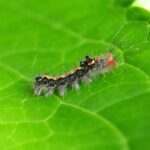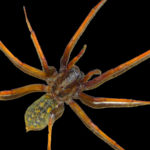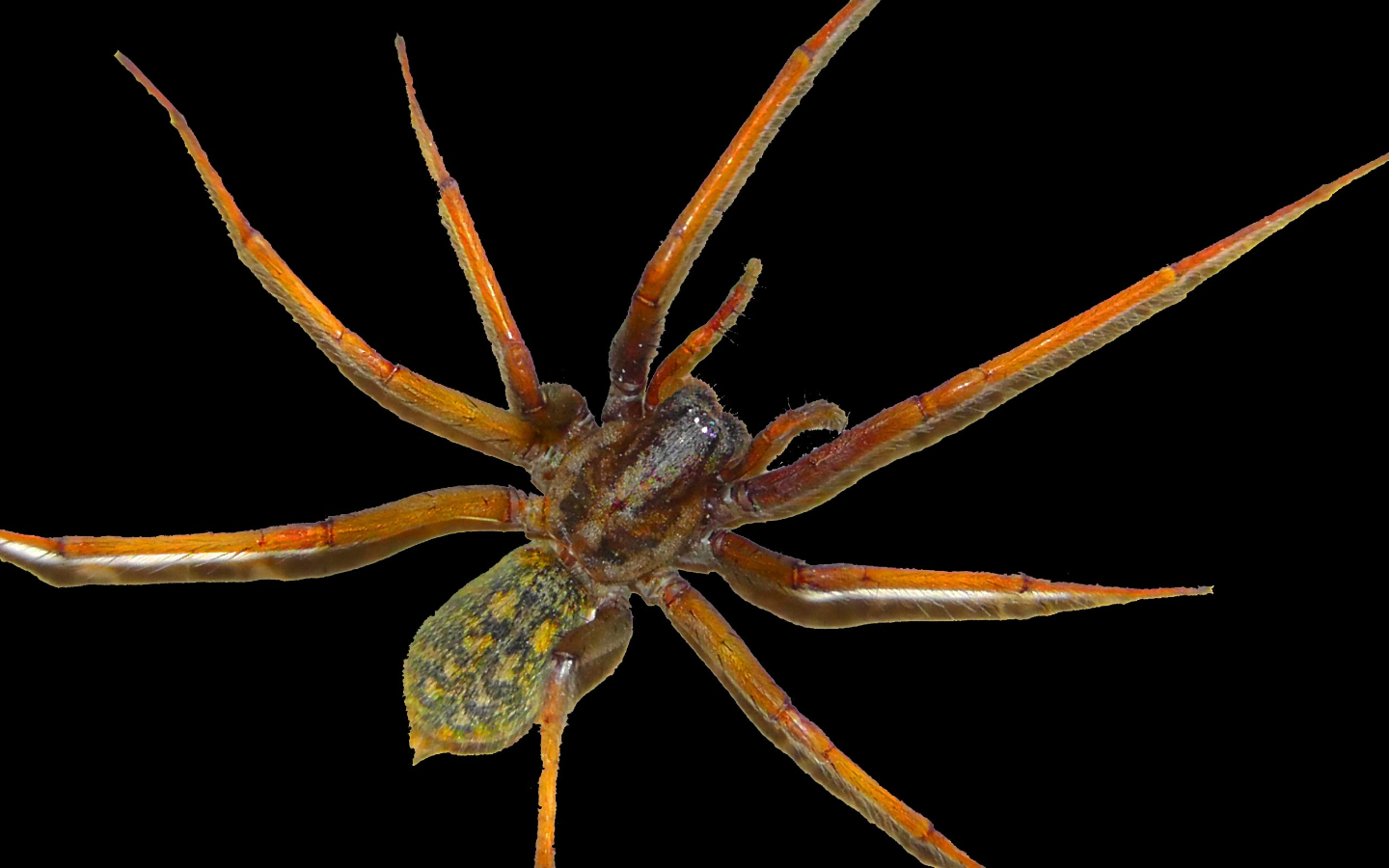
Dallas’s balmy weather is one reason it’s become home to millions of people. But the humid subtropical climate also attracts less than welcome residents – poisonous pests. There could be creatures in your yard – and even in your home – that can hurt you.
Steve Chaney, a Texas A&M home horticulturist in Tarrant County, blames suburban sprawl in the Dallas-Fort Worth Metroplex for bringing people and critters into closer proximity. “It has routed creatures from their natural habitats, and they often find their way into neighborhoods.” He sees snakes and spiders as the greatest Dallas pest dangers.
Snakes
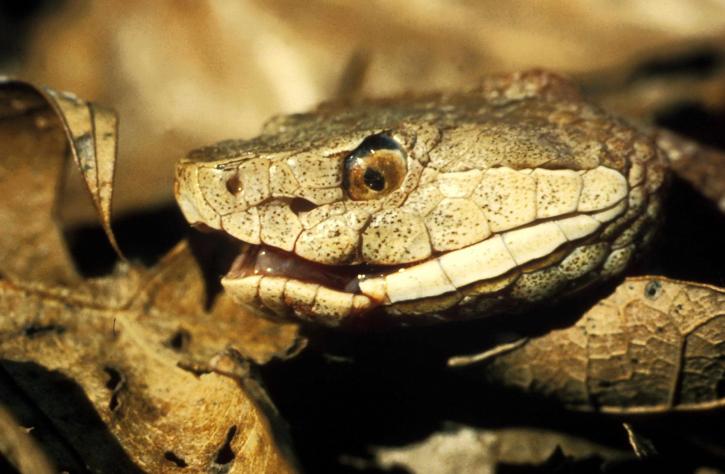
The number of snakebites has risen in Texas, with more than 400 reported in May and June of 2019. Dallas has also seen the number of snakebites increase, according to data from the Texas Poison Center Network.
Copperheads
Chaney’s choice for the most dangerous of the lot is the copperhead because of the sheer numbers you’ll find in populated areas. Their numbers are growing, and Texas is full of them. They have no problem taking up residence in suburban neighborhoods. Adults can be 3 feet long and live for 18 years in the wild.
Copperheads get their name from the color on their triangular heads. The hue of their bodies ranges from bronze to gray to tan and has a distinctive hourglass pattern. They prefer the outdoors but like to nest in garden sheds.
Rattlesnakes
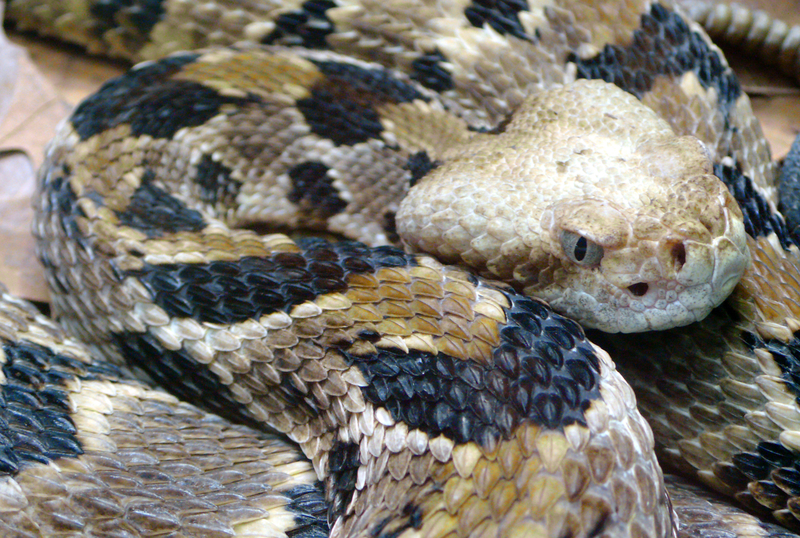
The iconic snake of the Old West is one that prefers the countryside where it can hide under rocks and crags. But you’ll often find rattlesnakes on the outer edges of suburbs. They are responsible for more bites than any other snake – averaging about 7,000 per year. Human deaths are few thanks to the availability of antivenom. The bigger and older the rattlesnake, the more venomous the bite. They can grow up to 7 feet long. The snakes are famous for the rattles on the tips of their tails, which they shake as a warning when they sense danger. They prefer to be left alone and strike only when they feel threatened.
Rattlesnakes have distinctive triangular heads. Patterns on the body can range from diamonds to splotches, and colors vary from gray to tan. In a ghastly twist of nature, a rattler’s head can still bite even when it’s severed from the body.
Although rattlesnakes tend to go into a form of hibernation in the winter, Chaney warns they might seek a sunny spot on a cool day, such as a patio or driveway. In spring and summer, they like to hide in tall grass. Keeping your lawn mowed is one way to deter rattlesnakes or any other kind of snake.
Water moccasins
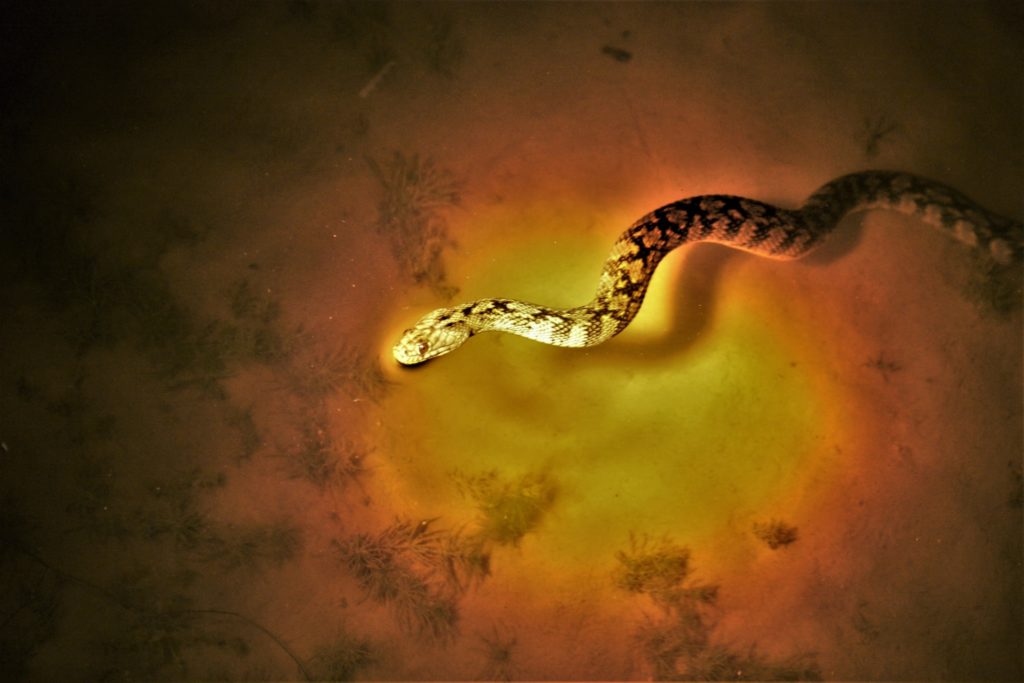
The water moccasin, also called cottonmouth, is North America’s only venomous water snake. It thrives primarily in Southeastern states, but you’ll see them in and near streams and ponds in the Metroplex.
These vipers vary in color from yellow to black. They’re distinguishable by the white interior of their mouths, which they like to show off when they sense danger. They also have “cat-eyed” pupils. They’re not overly aggressive but will choose fight over flight when threatened. Unlike many other snakes, the moccasin will venture about in cold weather. Very few people die from water moccasin bites, but the venom can cause loss of limbs if not treated quickly.
Spiders
Dallas residents should be wary of two dangerous spiders – the brown recluse and the black widow.
Brown recluse
The discomforting thing about the brown recluse (pictured at top of page) is it prefers indoors to outdoors and likes to set up housekeeping in snug dark places like closets and sock drawers. It also has a special fondness for cardboard boxes.
They’re usually less than an inch long, come in various shades of brown, with a distinctive violin-shaped marking on their backs. The bites are rarely fatal but usually painful. A visit to a doctor is wise to avoid a hole in the flesh developing around the bite.
Most pesticides that kill spiders will take care of brown recluses. But if the infestation is severe, professional exterminators are your best bet.
Black widow
The black widow is probably the most famous of venomous spiders and gets its name from the female’s tendencies to eat her partner after mating. It’s hard to miss a female black widow because of her shiny black body with a red or orange hourglass marking. Commercial pesticides that list spiders will kill them. Home remedies such as citronella, mint, and essential oil may only repel them.
She’ll come into your house, but prefers the outdoors and hangs around sheds and woodpiles. Her bite is painful but rarely fatal. “They raise huge welts, and skin can be eaten away around the bite,” Chaney said.
Although snake and spider bites don’t kill many people, Chaney recommends getting medical treatment. “That’s especially important for children, the elderly, and anyone with a compromised immune system.”
